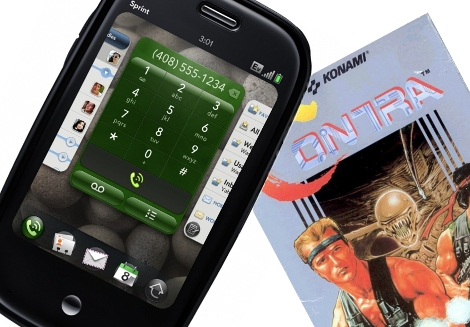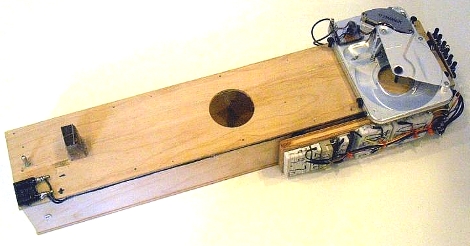[youtube=http://www.youtube.com/watch?v=X2Rxo6B4EQQ]
When designing legged robots, we generally see an even number of legs. Mainly, we think, it is due to us modelling things after nature. But with robotics, you’re free to do whatever you want. [Iketomu-san] has built this unsettling 5 legged robot out of parts he had lying around. The gait is fairly interesting. He mentions that it could be used for robot fighting, where the odd leg would serve as a prop from behind and the two legs up front could be weapons. What kind of gait or use can you come up with for this thing?














